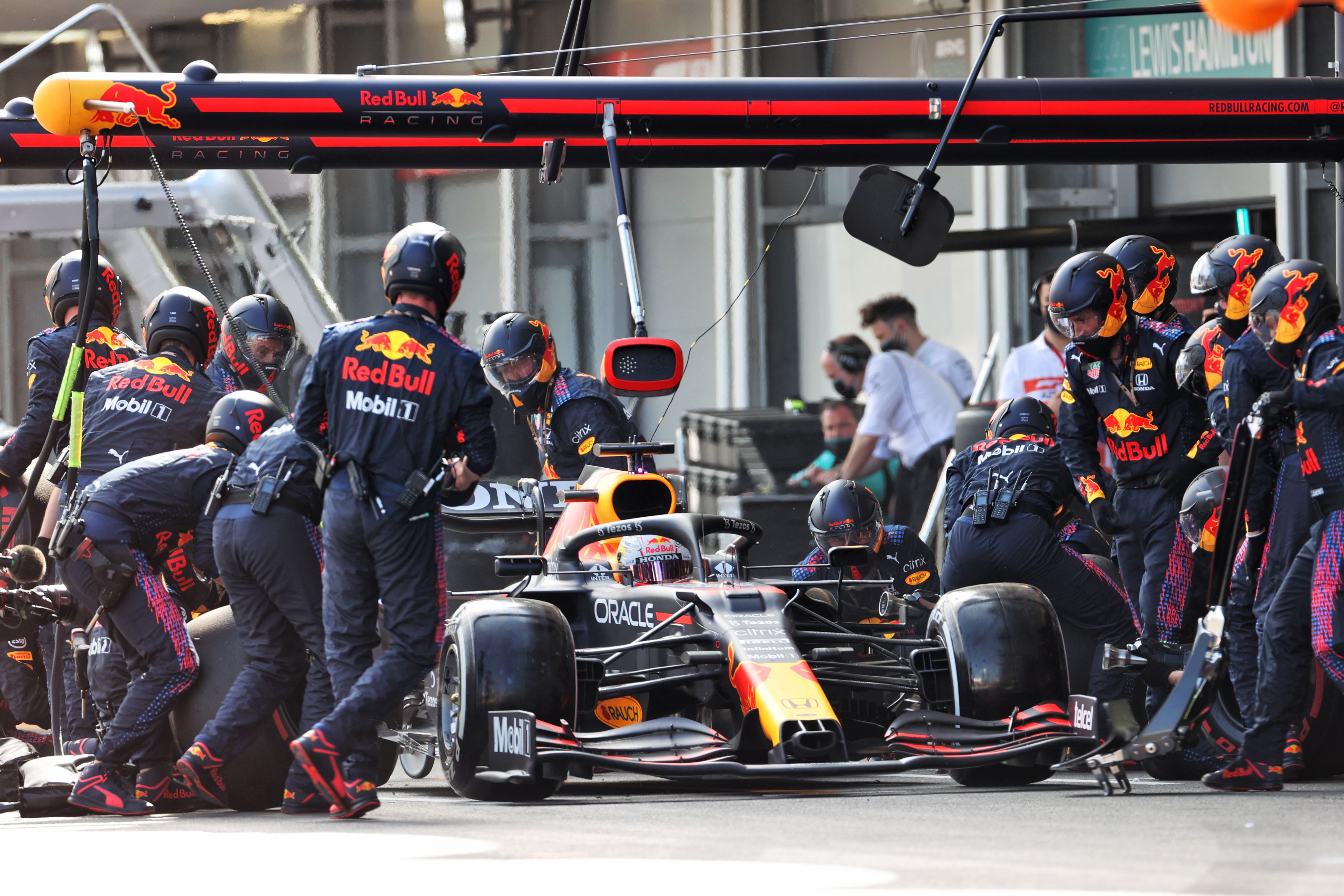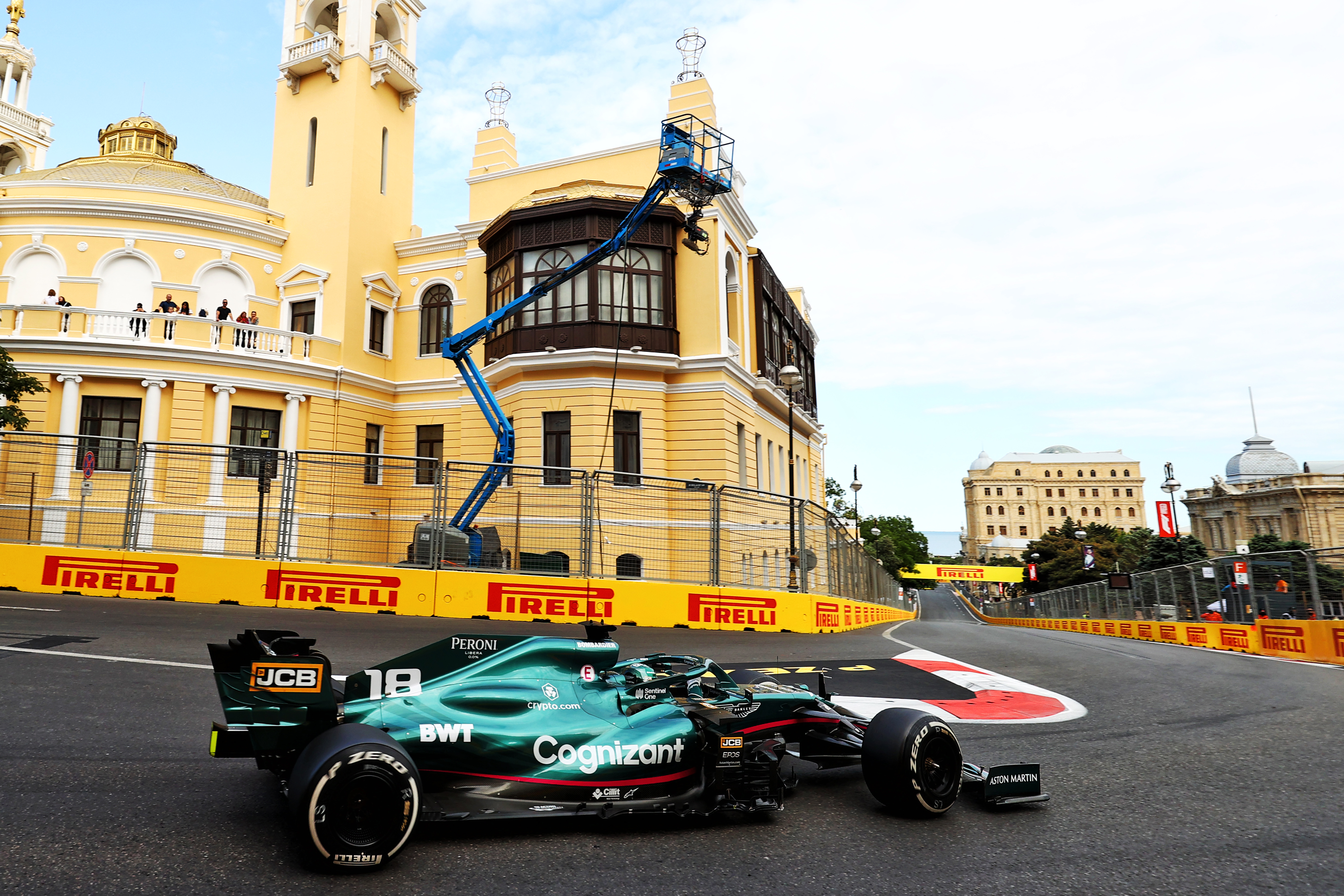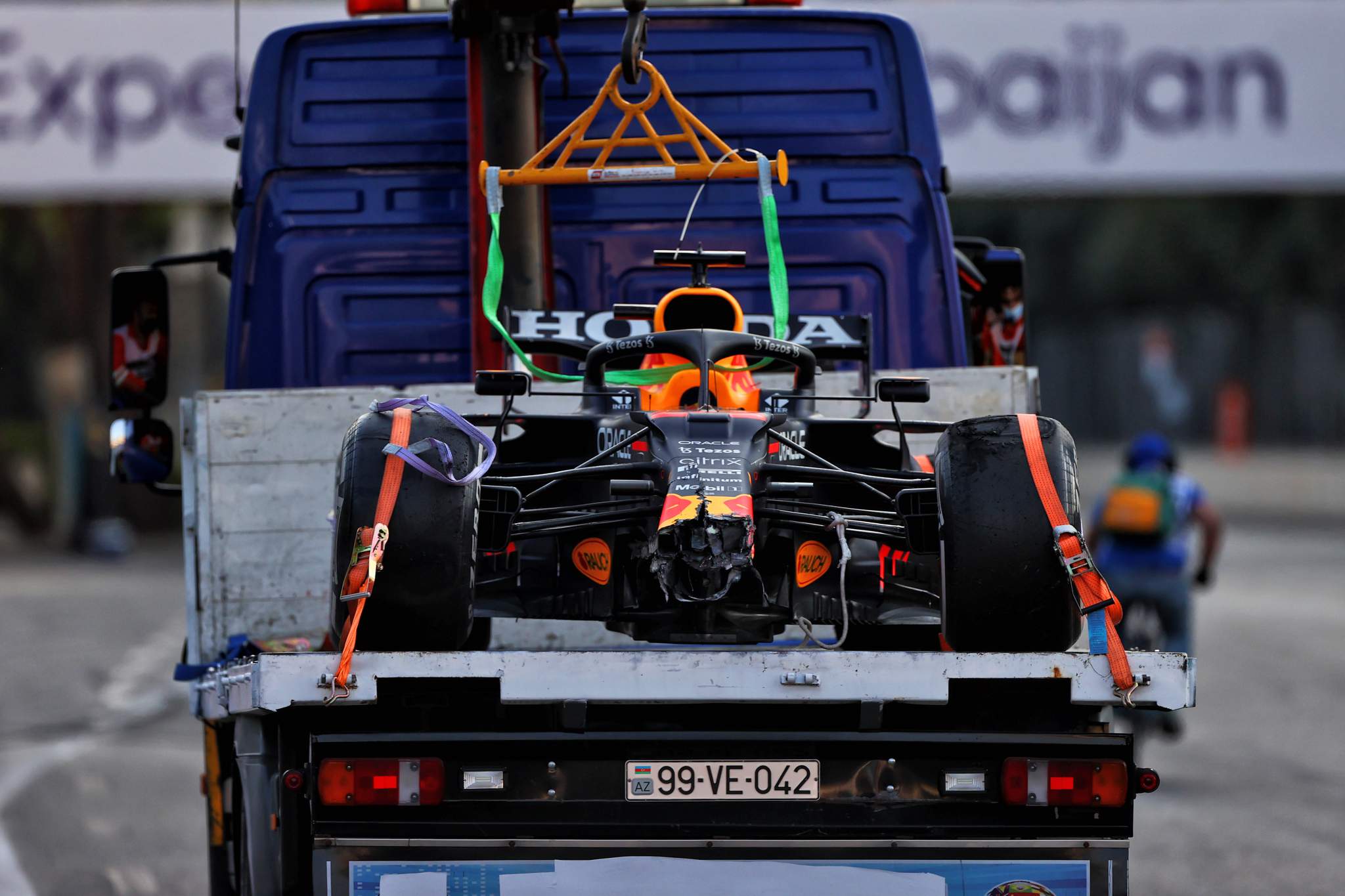Up Next

In understanding the legal loophole Pirelli believes the Red Bull and Aston Martin Formula 1 teams found in how they ran its tyres in Baku – which then led to the failures on the respective cars of Max Verstappen and Lance Stroll – the key distinction to be made is that between what Pirelli describes as the ‘starting parameters’ and the ‘running parameters’.
The starting parameters are based upon the calculation of the running parameters. This calculation proved incorrect at Baku, but there was no regulation about running parameters. So no regulation was broken.
“The starting parameters – which are the starting pressures, the maximum temperatures in the blankets, the end-of-straight camber – are all that we can directly control,” stresses Pirelli’s tech boss boss Mario Isola. “We impose these ones because they are measurable. In a way that doesn’t create doubt. Where there is a number.

“But ideally we should be able to impose parameters on the running conditions. These are the pressure, the loads, speeds and cambers [actually seen on track]. Obviously some of these parameters are not enforceable simply because we do not have the tools.”
In this way, Isola concedes, some teams have found a way to meet the regulation starting parameters while operating outside of the expected running parameters – for which there are no regulations, as there was no way of measuring them.
Pirelli imposes its minimum starting pressures (and camber angle limits) based upon calculation of what the actual running loads will be. “But in Baku the running conditions we expected were different to the actual,” is how Isola phrases it.
If the tyres are at the legal minimum pressure when in the blankets (the point at which they are measured) but can then be left to cool (say, at the end of the pitlane), the pressures will fall with the temperature.
If they are then brought very gently up to running temperature out on track, it is possible that the running pressures will be lower than Pirelli’s calculated running pressures and will therefore potentially have more grip.
Pirelli’s calculated running parameters – upon which it bases its starting parameters – are formed from data supplied by all the teams. “But all the cars are different,” stresses Isola, “so we don’t have the same parameters on all the cars and we assume that running at a certain pressure and camber – with a margin, of course – we will run at a condition that is OK for the tyre.
“In that case we didn’t achieve the conditions, not because the teams were doing something against the regulations, but because they were looking, as usual, for performance and that created a different scenario compared to what we were expecting, and the different scenario was that mainly the tyres were running at a lower pressure compared to expectations.
“It was not just a lower pressure, there was also some other elements in the equation, but that created the failure.”
Isola then confirmed that the lower than calculated pressures were seen only on the Red Bull and Aston Martin.
The specific problem created by the lower pressures is that of a standing wave energy movement through the sidewall of the tyre. If the sidewall goes through enough cycles of this it will fail.

“With the pressure we can reduce the standing wave effect,” says Isola. “The effect of the pressure on the standing wave is huge and is not linear. You have a [threshold of pressure] where it is not generating any standing wave. Below this pressure you start generating it. When we test the tyre this effect is very visible.”
Keeping the tyre away from that standing wave-generating threshold is essentially what Pirelli’s whole starting parameter regime is based upon. In Baku, the energy was such that the threshold was crossed on at least two cars.
The new technical directive introduced as a result of the Baku failures specifies that any tyre used on the car and which is chosen by the FIA to be tested must be at or above the stipulated starting pressure when warmed in the blankets.
This is just to ensure no one actually cheats the starting pressure obligation. But that’s not really the issue here, but rather a belts and braces short term solution in combination with a minimum pressure which has been increased by around 2psi (for all tracks) to account for the lower than calculated pressures.
The longer-term solution arrives next year with the introduction of the new 18-inch tyre. “This will have a standard sensor which is provided to the cars and this is controlled by the FIA,” explains Isola, “and with this it is possible for the first time to police the running stabilised pressure.”
That sounds like a fairly robust immediate and longer-term solution to the problem glimpsed so scarily in Azerbaijan.
In the meantime, what happened in Baku, stresses Isola, was not in any way cheating. “Because in the regulation it is not written what is the running pressure that you have to respect. So I cannot say they are doing something against the regulation in search of more performance because if they respect the starting pressure, at the moment, they are complying with the regulations.

“If the same thing happens next year, with a standard sensor, and we have imposed a running pressure, in that case they are against the regulations.
“But this is not the case this year… they are here racing, they are not here just to cruise around the track. And that means, looking for performance, we know that if you go for a bit lower pressure you will get some performance.
“That means they are looking for performance and the running parameters were not in line with our prediction.”
Pirelli’s new instructions
Minimum starting pressure
Front: 21.0
Rear: 21.5
Minimum reheat pressure
Front: 20.5
Rear: 21.0
Expected stabilised running pressure
Front: greater than or equal to 22
Rear: greater than or equal to 22.5







